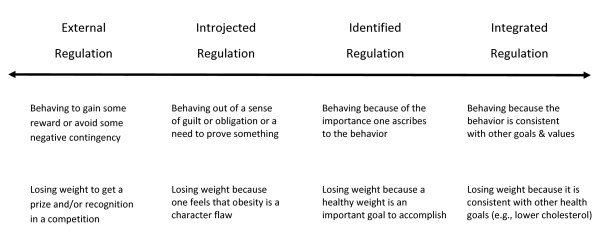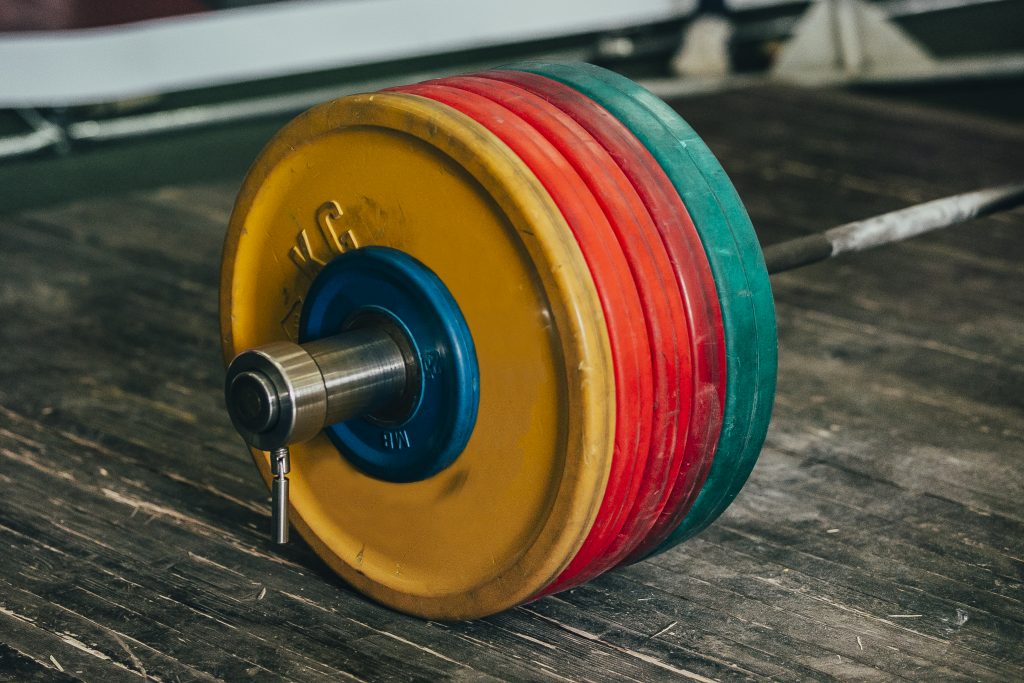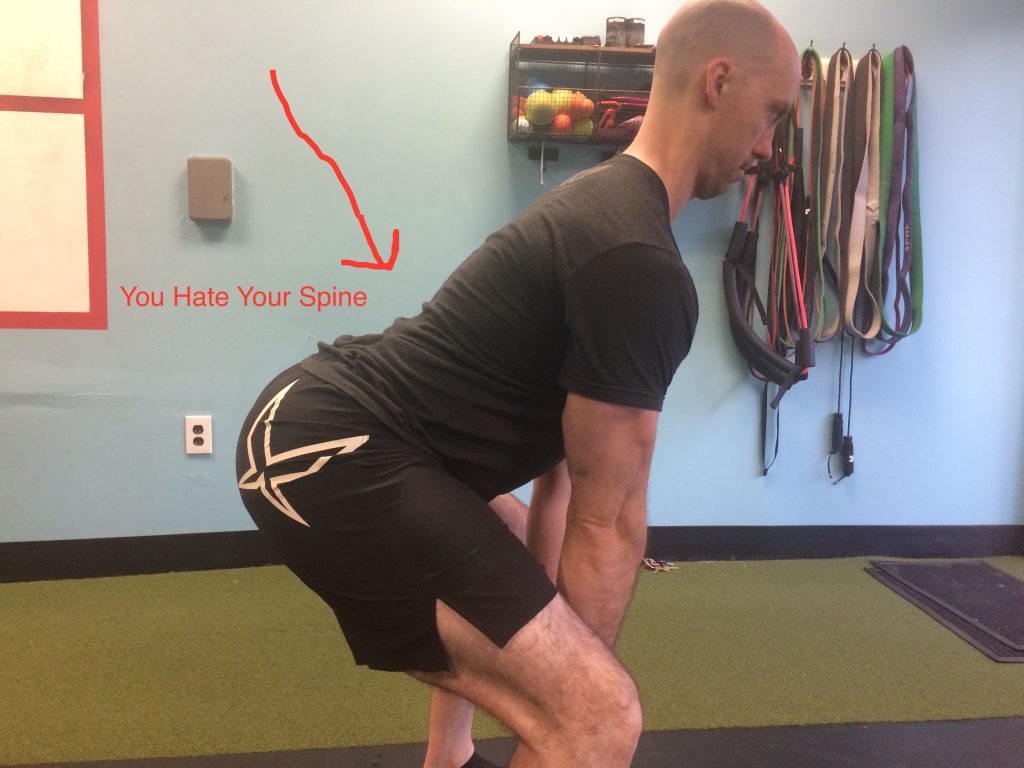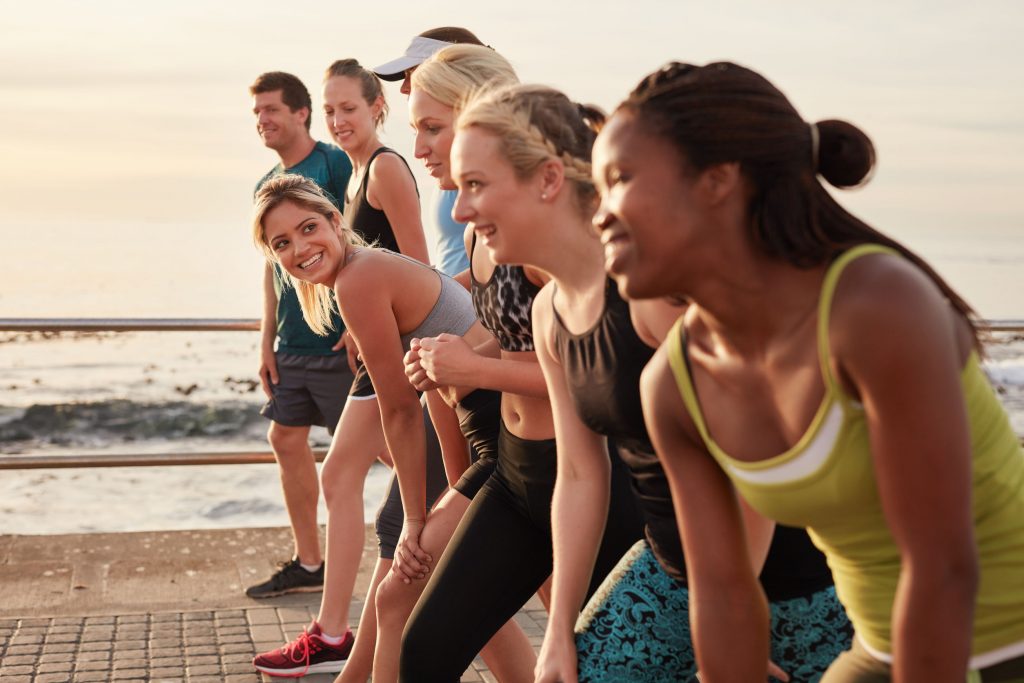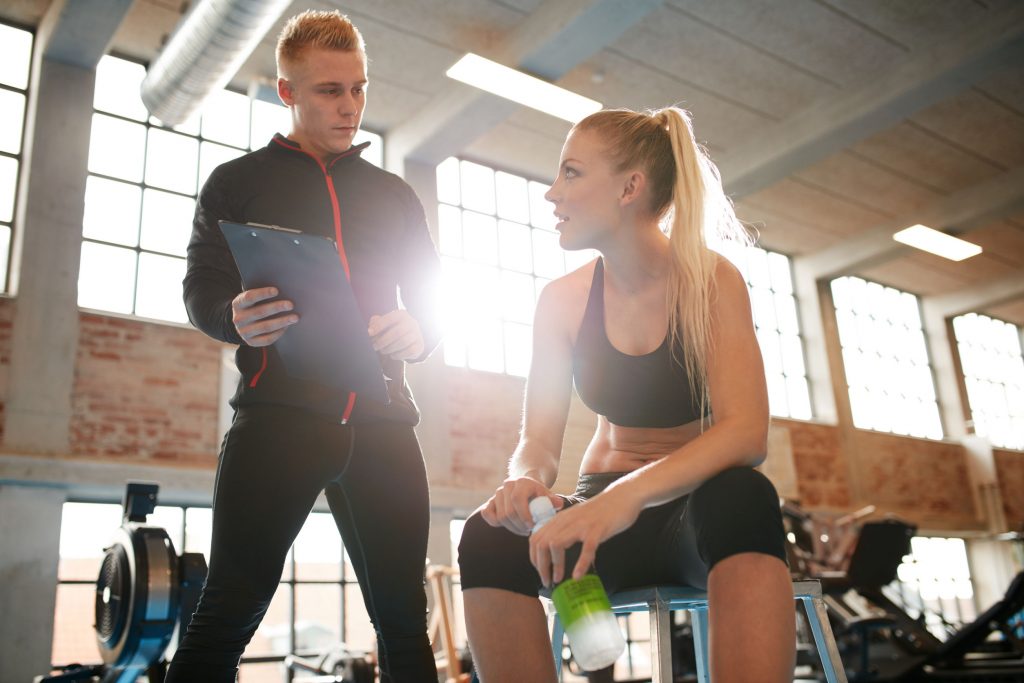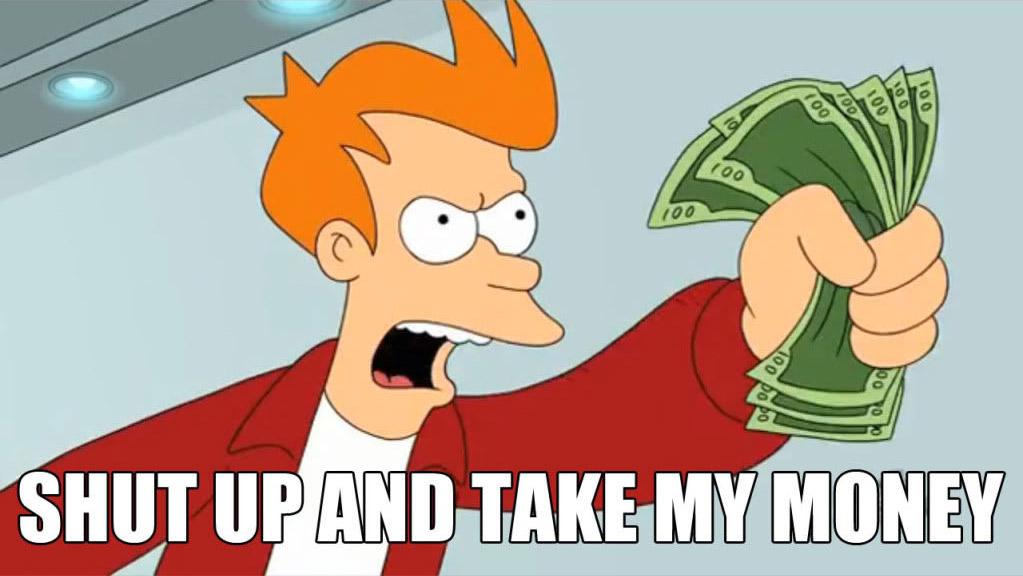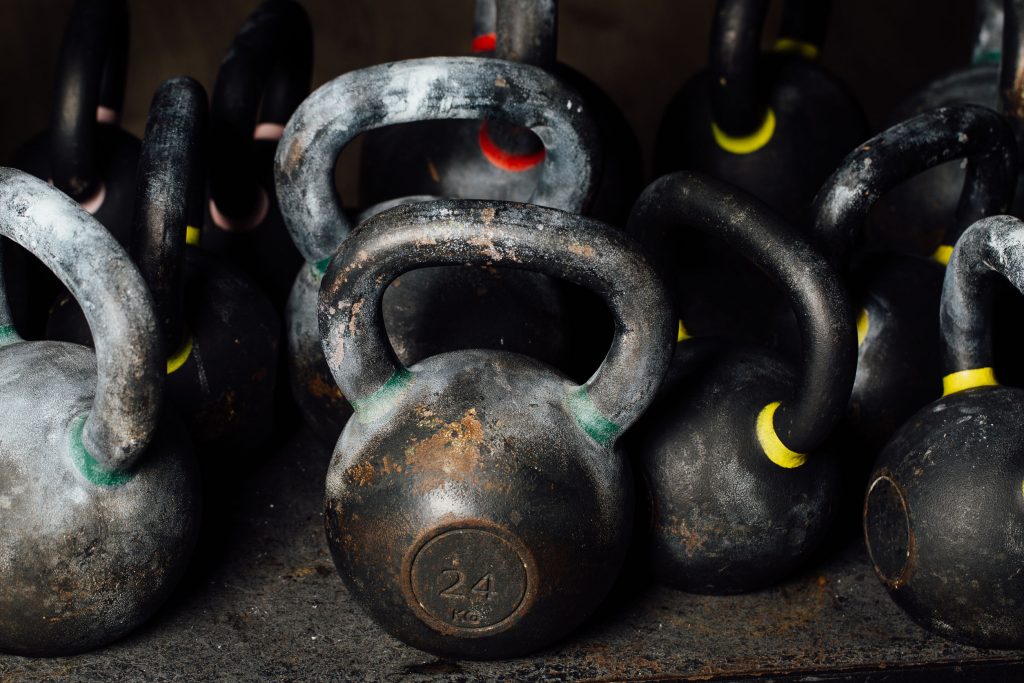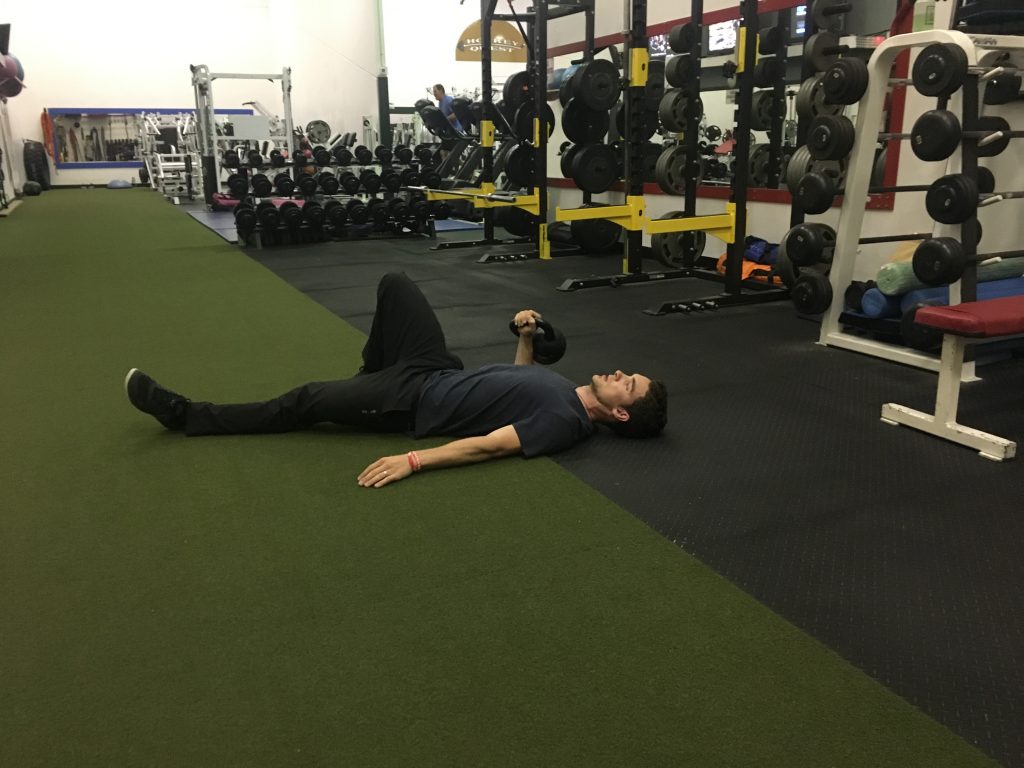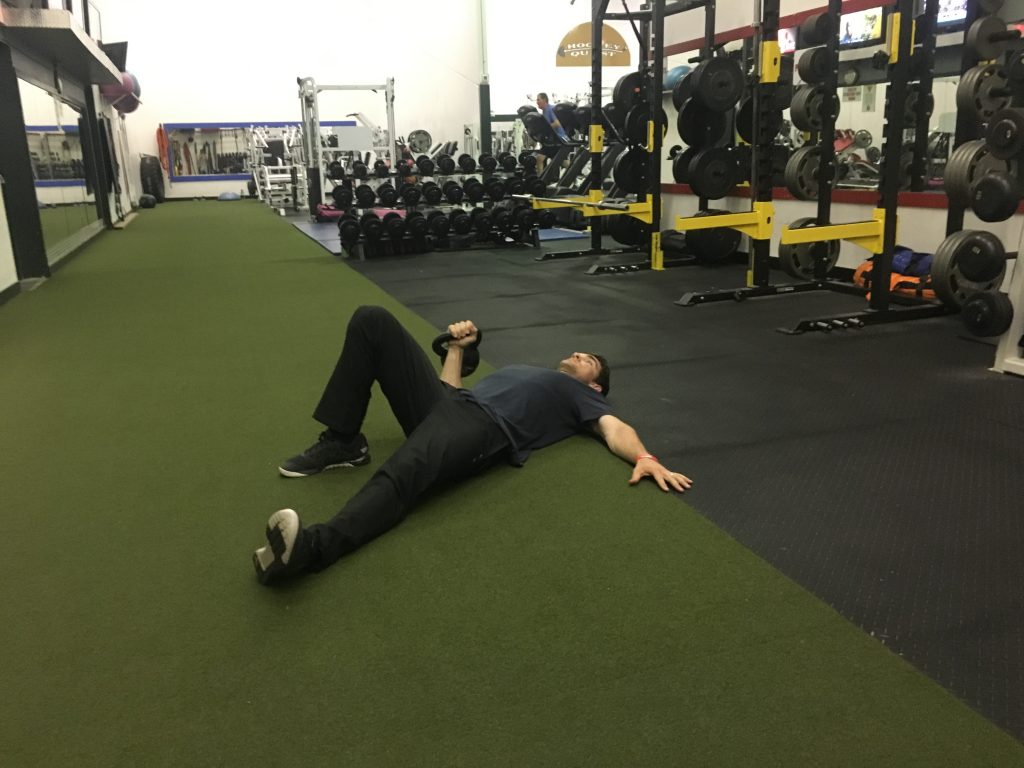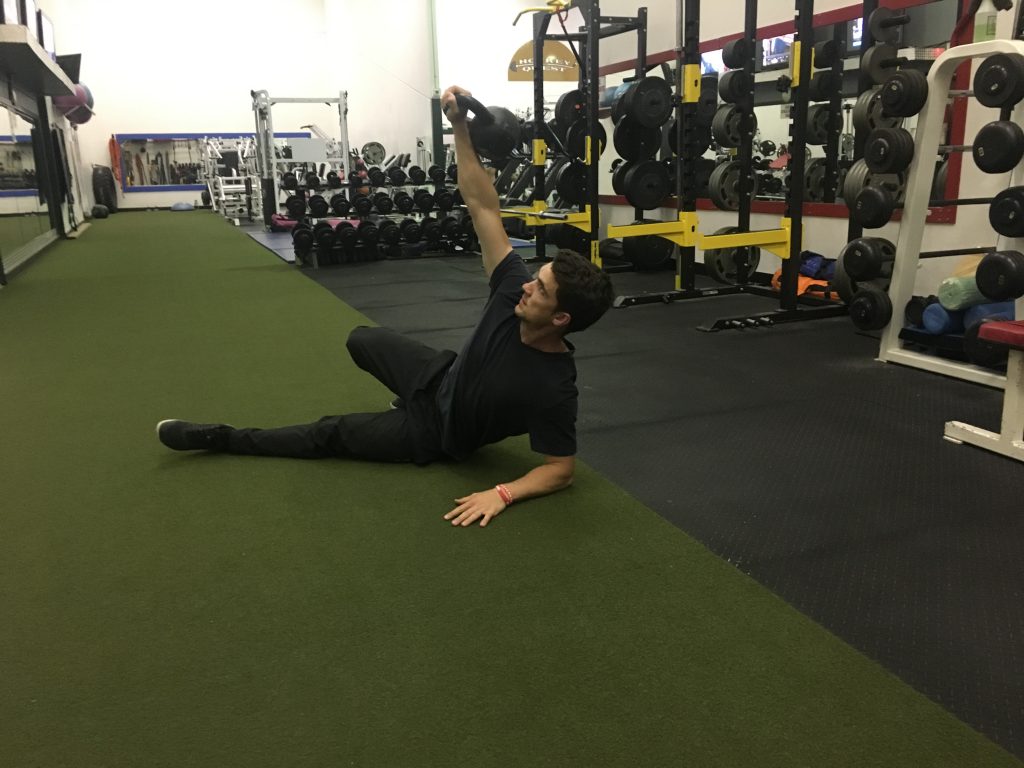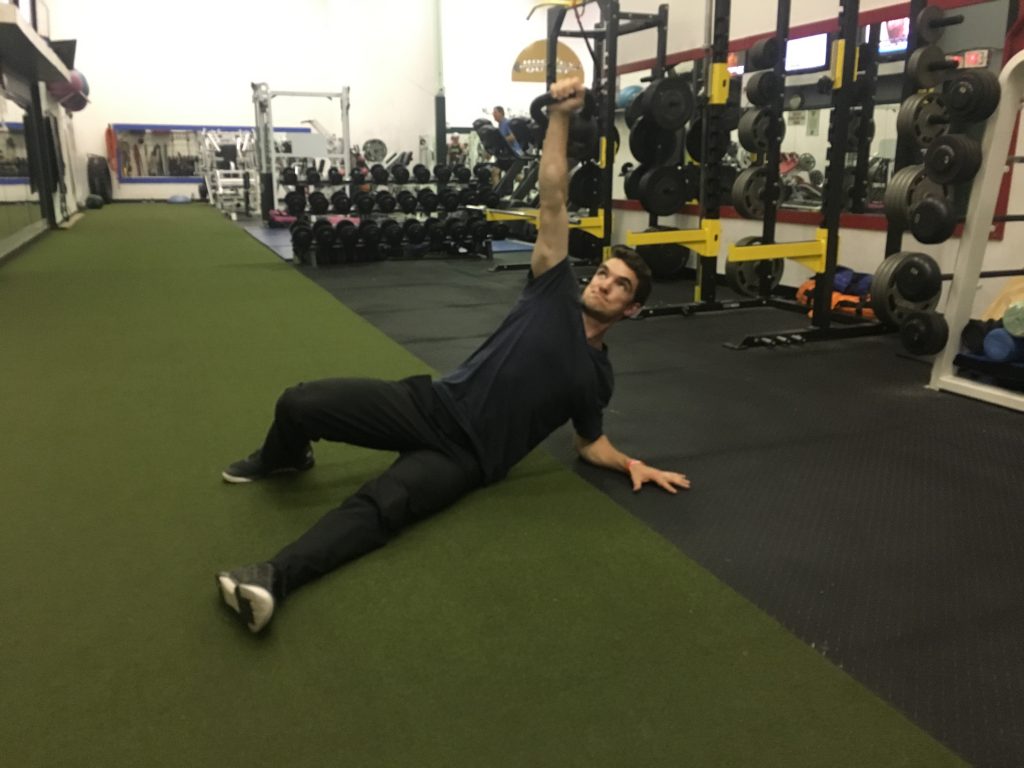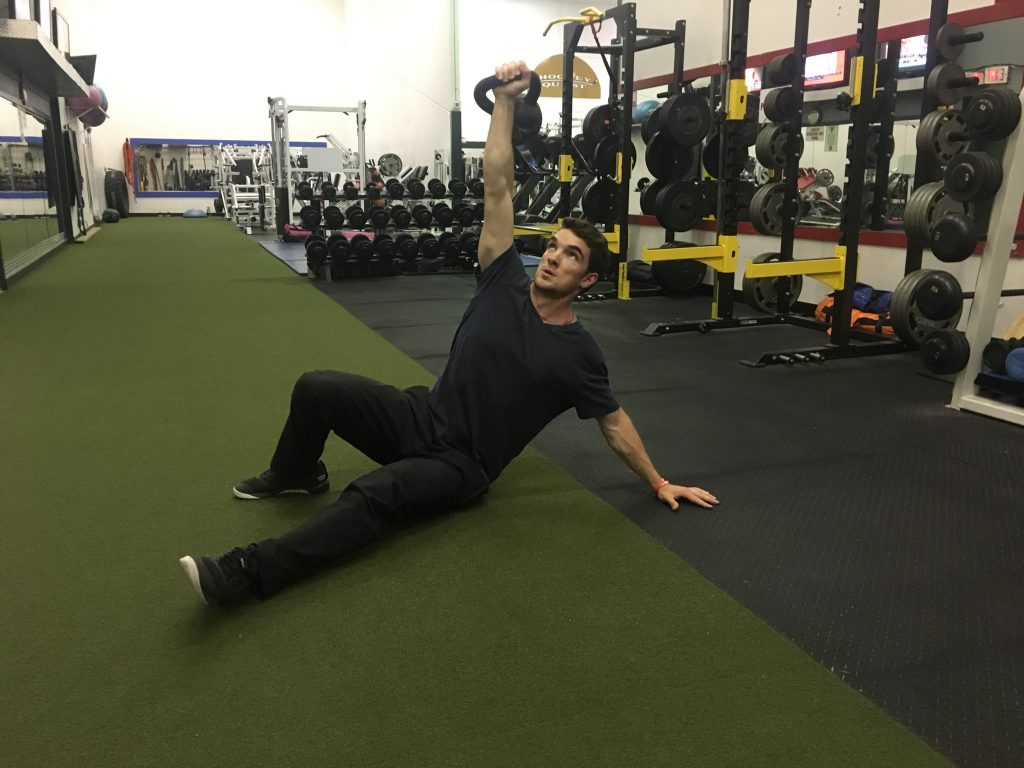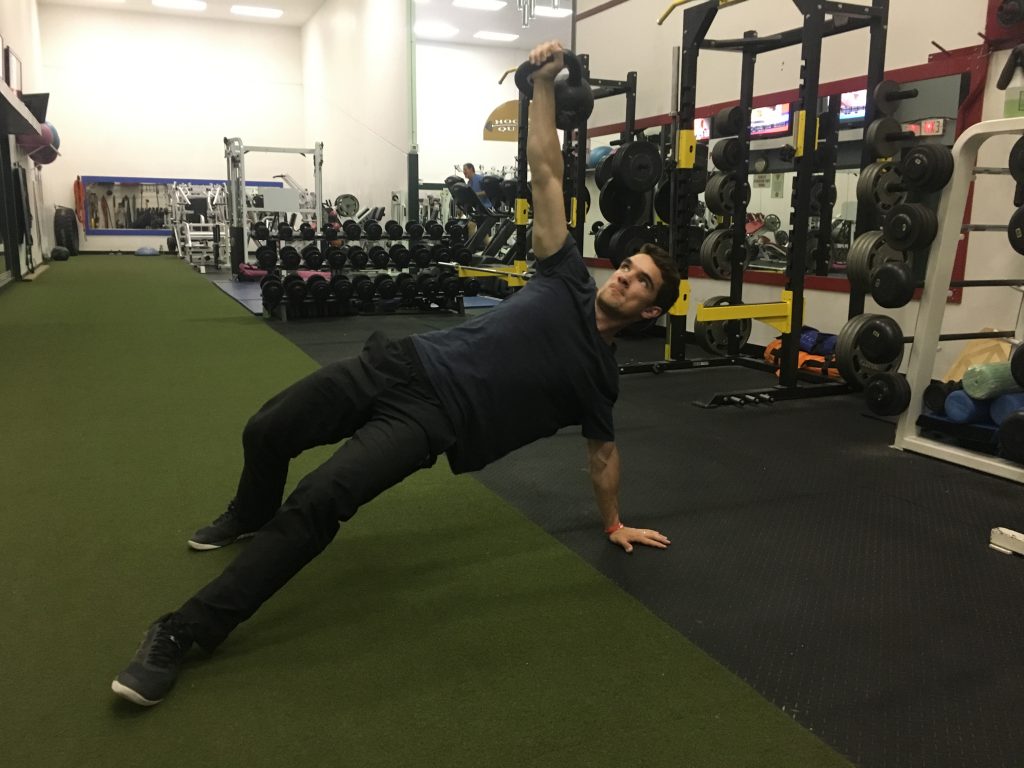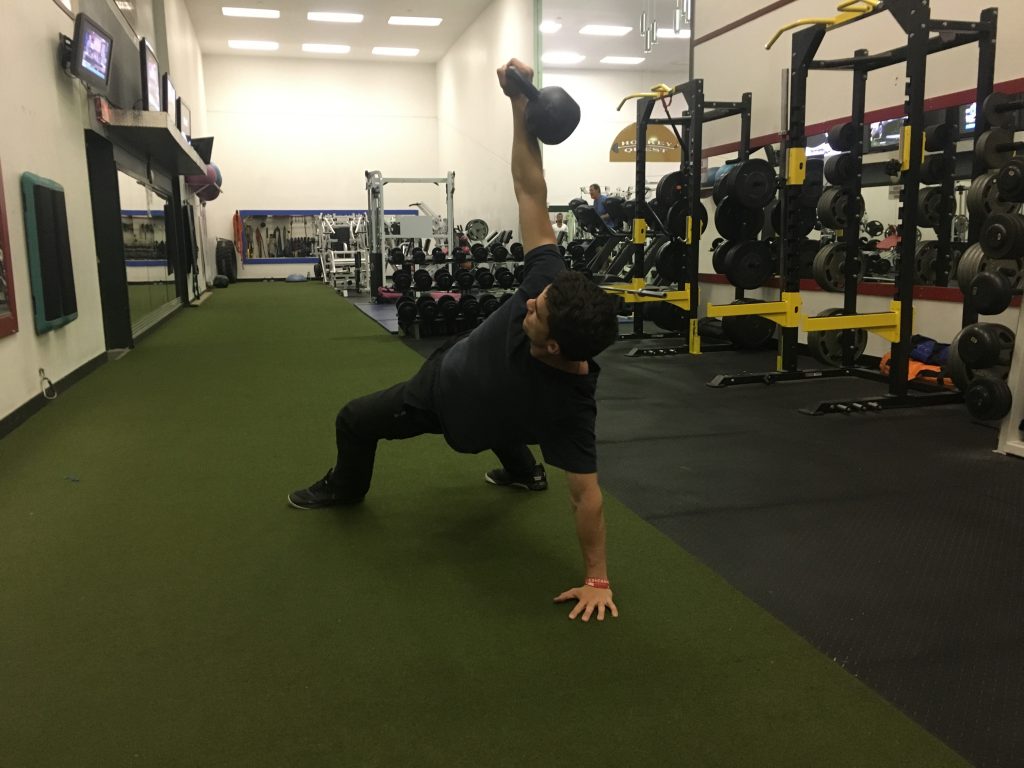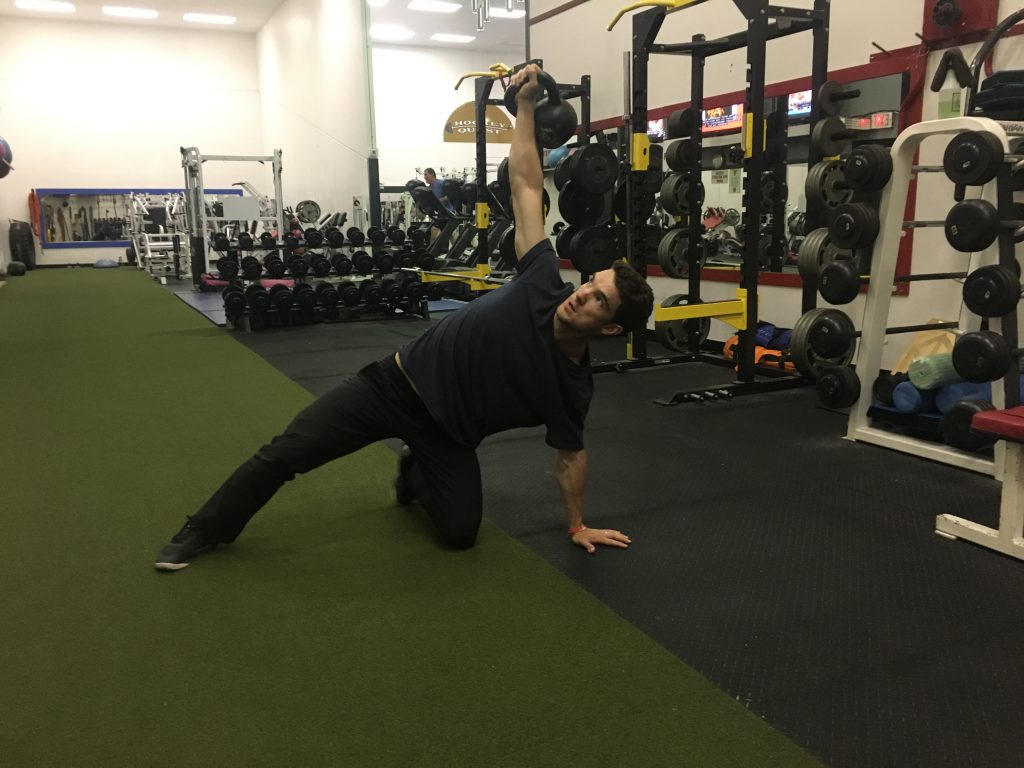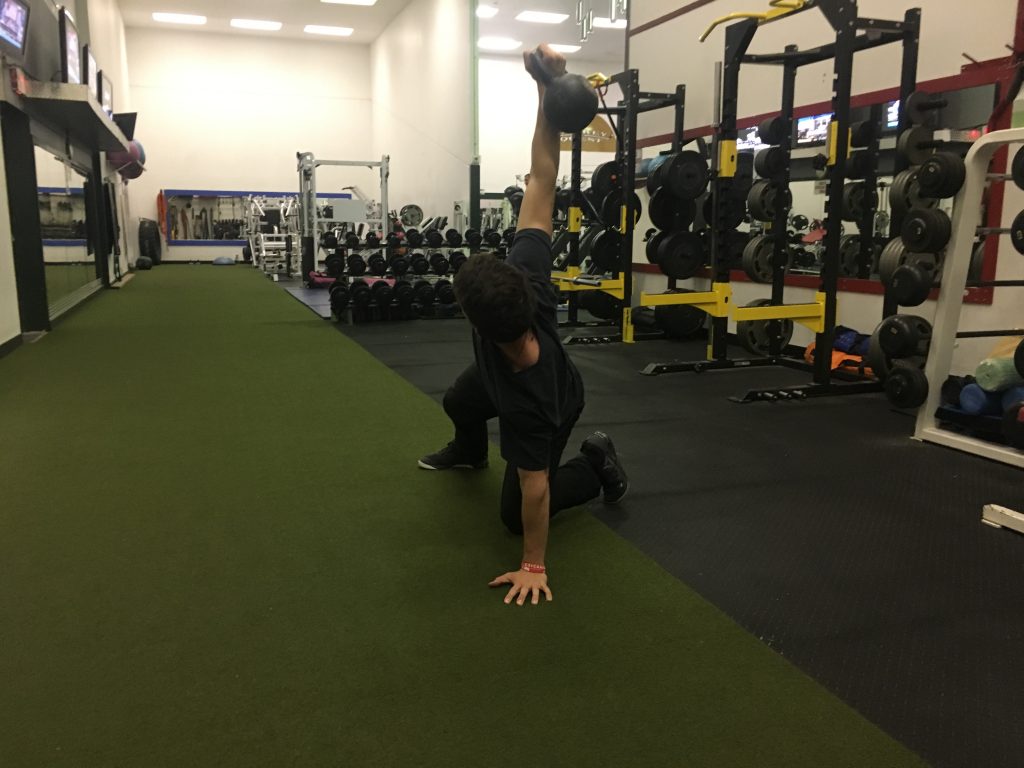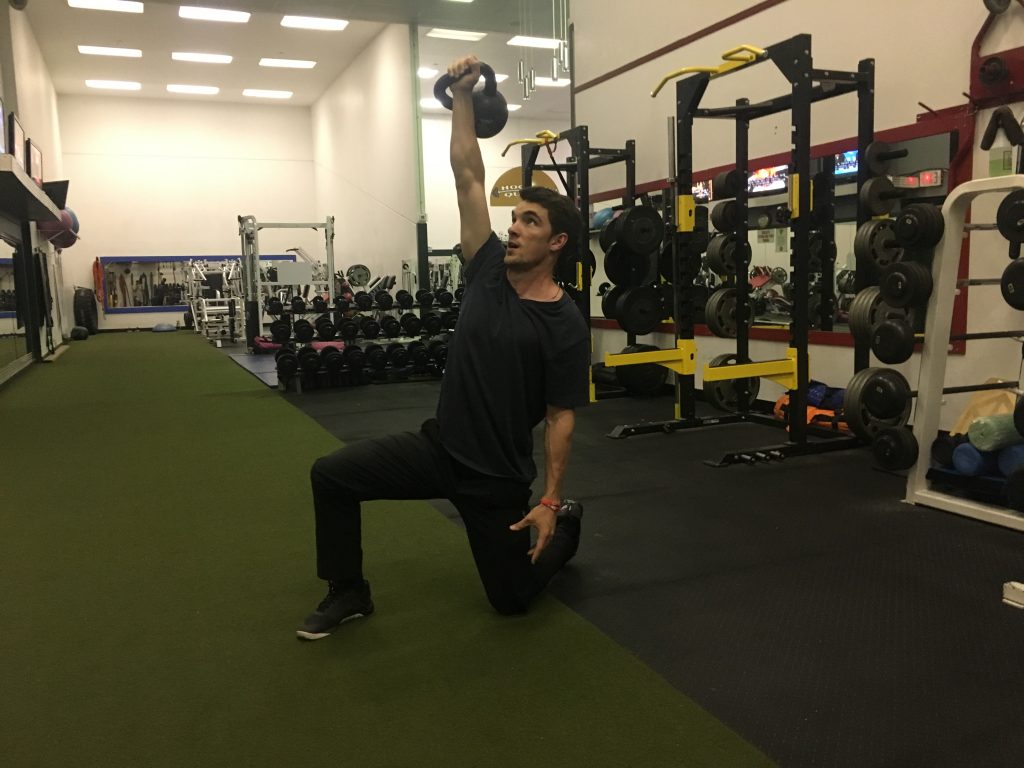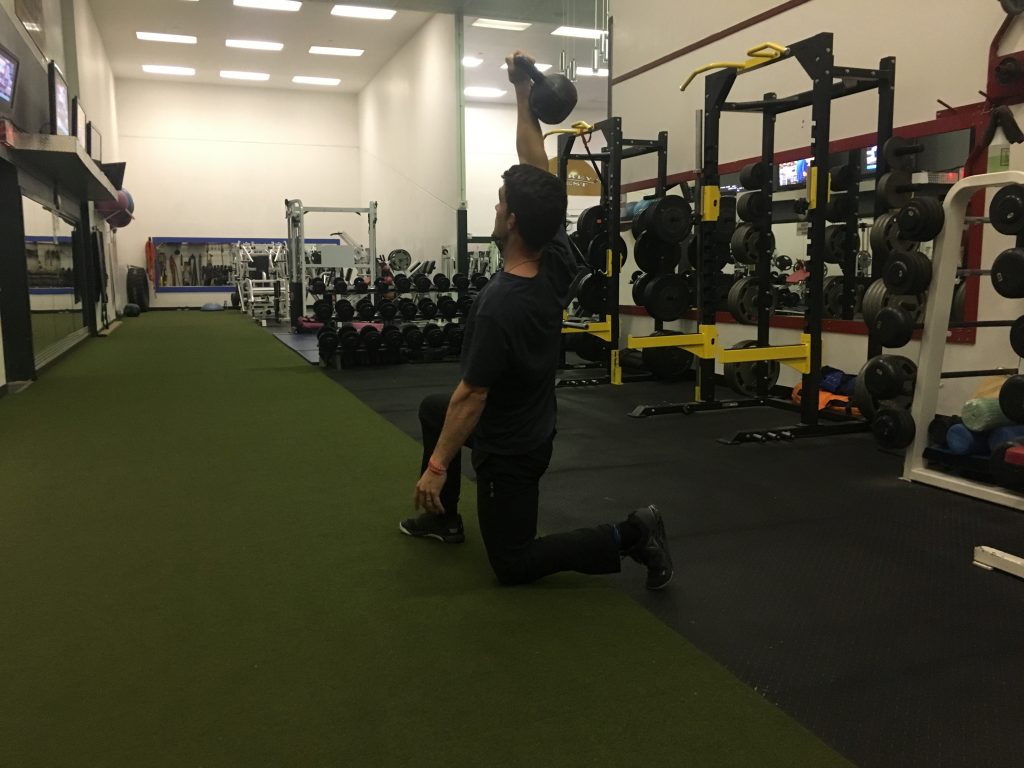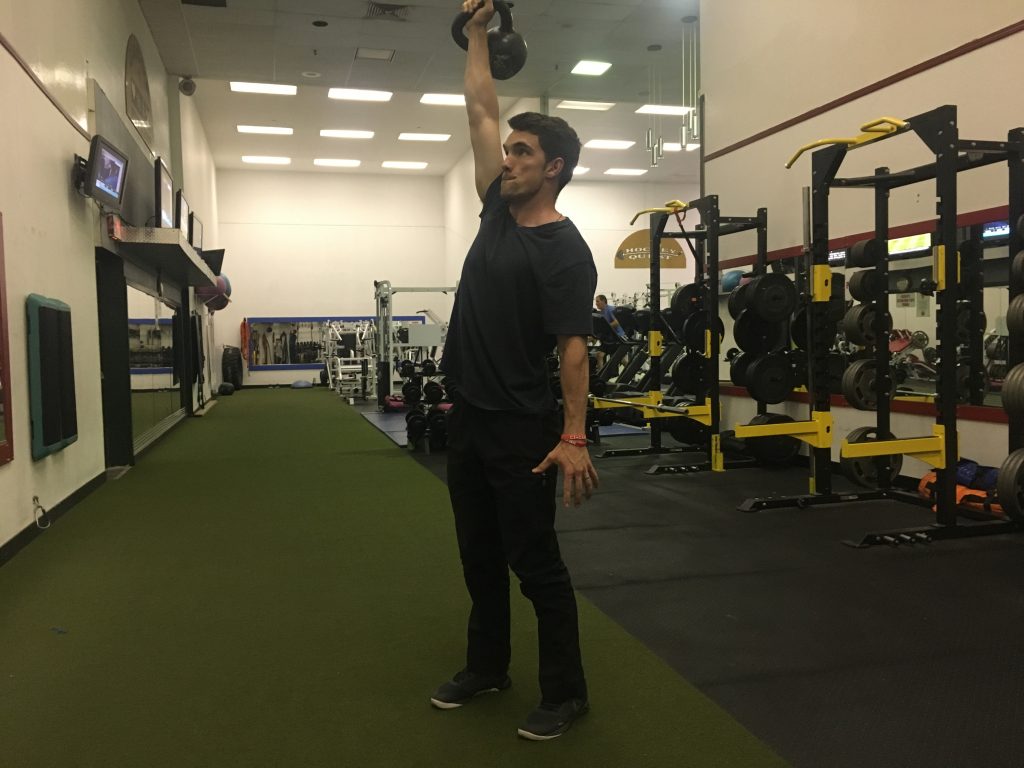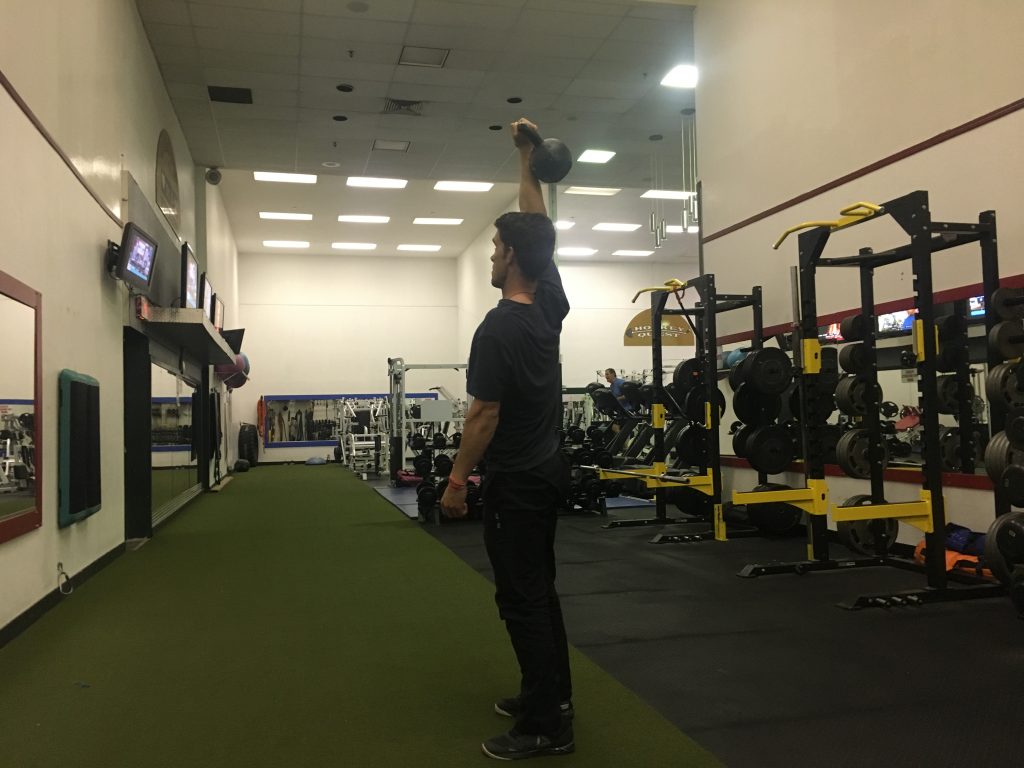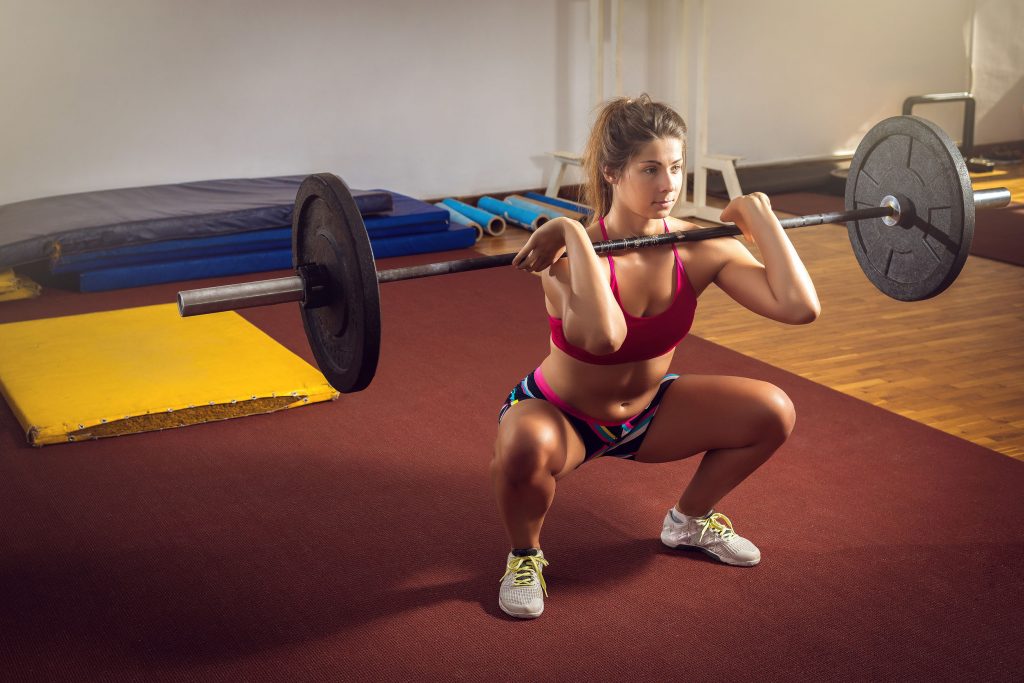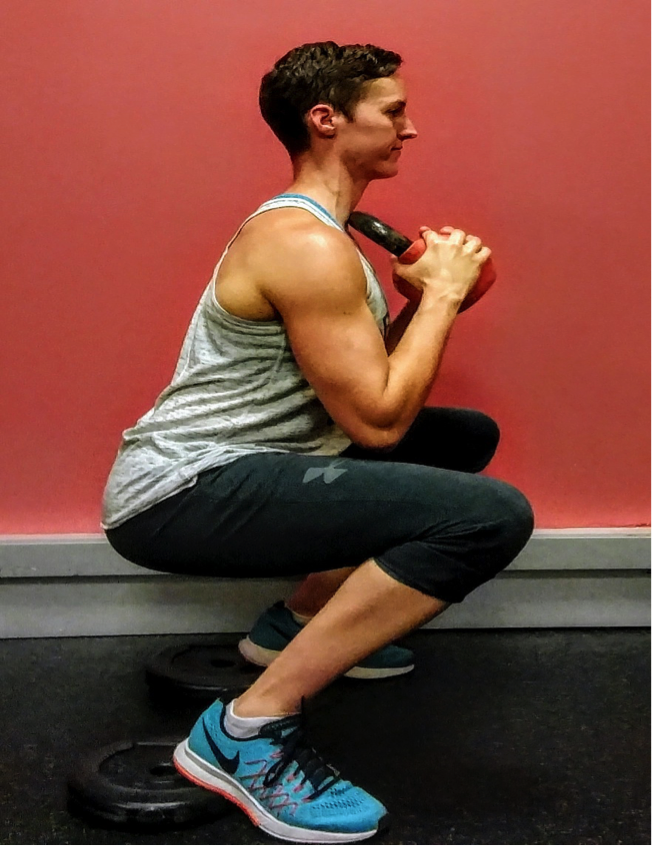Man, I’ve got a treat for everyone today. Charles Staley, mentor, strength and conditioning connoisseur, and titan in this industry, reached out recently and asked if he could write a little sumthin, sumthin for the site.
Is water wet?
Is grass green?
Is Aragorn, also known as Strider, and son of Arathorn II, the High King of Gondor and Arnor?
Um, yeah.
Enjoy my friends. This is good.
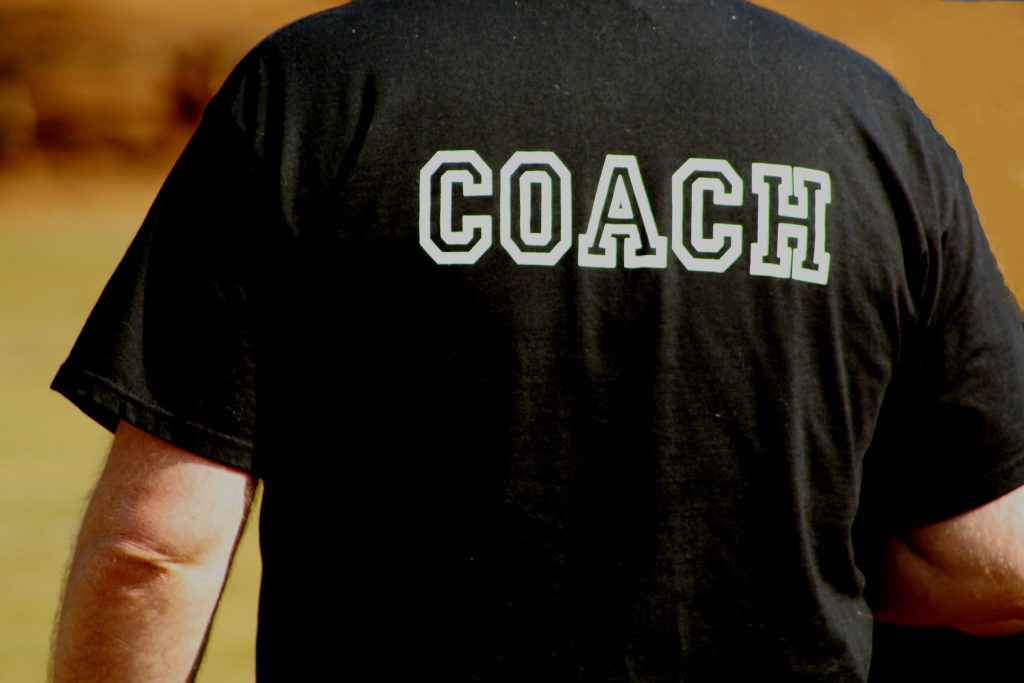
3 Lessons I’ve Learned From My Clients
It’s probably just natural to assume that in a teacher/student relationship, the transfer of knowledge only travels in a single direction. Over the years however, I’ve found that this assumption is far from the truth. In fact, there’s even a well-known saying that you may have heard:
“When one teaches, two learn.”
In fact, if I’m being honest, the primary reason I became a coach in the first place was to learn more about the subjects I intended to coach. I’ve often remarked that you might be confident in your knowledge of a topic, but only when you attempt to teach this topic successfully do you discover the gaps in your understanding.
In fact, Cal Newport, the best selling author of the highly acclaimed book Deep Work,  passionately advocates a studying technique that he claims will dramatically reduce the time it takes to learn a subject — it’s called Active Recall.
passionately advocates a studying technique that he claims will dramatically reduce the time it takes to learn a subject — it’s called Active Recall.
This method is disarmingly simple, yet it requires a very high level of discipline.
Very simply, you first read the materials you’re attempting to learn, and then (this is where the rubber hits the road) you stand up in front of an imaginary classroom and teach what you just learned (or more often than not, what you thought you just learned).
Very quickly, you’ll be painfully aware of the gaps in your understanding. So, back to the books, then deliver another lecture to your imaginary students, rinse and repeat until you’ve got it down cold.
In a very real sense, the methods and philosophy I currently impart to my clients is almost entirely built upon the backs of my previous clients: these are the people who, through their successes and failures, not to mention their often challenging questions, are largely responsible for what I know today.
So with those thoughts as an introductory backdrop, here the top 3 lessons I’ve learned from my clients over the years:
Lesson # One: The Clients Who Communicate With Me The Most, End Up Doing The Best
It’s very common for my clients to apologize when they think they’re asking too many questions, but what they probably don’t appreciate is that I’m actually relieved when clients ask lots of questions, because that demonstrates that they are highly invested in what they’re learning.
Translation: long-term, happy client.
Translation #2: Happy coach.

By contrast, the worst thing I can hear from a new client is along the lines of “Please just tell me what to do.” Words to this effect send a strong signal that my client need a high level of external reinforcement, which leads me to…
Lesson # Two: I’m Not Everyone’s Cup Of Tea (And That’s OK With Me)
Now don’t miss my point — there’s nothing “wrong” with just wanting to be told what to do. If I were to hire someone to help me with something I found particularly challenging, I’d probably do the same thing.
Of course, whenever you need significant external support from a teacher or coach, your chances of long-term success are reduced. Thankfully however, there are some very good coaches who are remarkably successful with clients like this — I’m just not one of them.
And that’s OK — a cardinal rule of marketing is to avoid trying to be all things to all people.
Identify and constantly reinforce your specific strengths, and then restrict your marketing efforts to that narrow slice of the population who can benefit most from what those strengths happen to be. My primary market is highly-motivated (although not necessarily advanced) “over-40” men and women (And, for reasons that continue to elude me, for some reason, nearly all of my local clients are women, and nearly all my online clients are men. Seriously, I have no idea why).
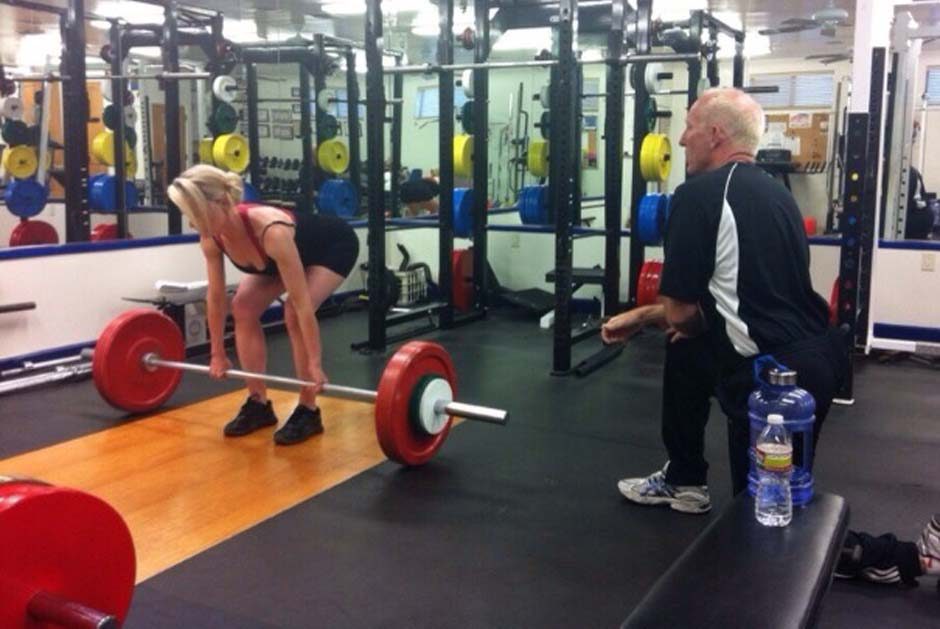
It’s very common for new coaches and trainers to feel they don’t know enough to train other people, and while that may be true, I’ve been studying my craft for over 30 years, and in complete honesty, I have never had more questions than I have today.
Sure, I’m very good at a small handful of things, but I’m also completely incompetent in a much, much larger number of subjects and topics. The key to managing your competencies and shortcomings is to 1) know the difference between the two, and 2) stay within your wheelhouse when working with your clients. When issues arise that you’re not qualified to deal with, refer them out to other pros who are.
Both client and colleague will respect you for this.
Lesson # Three: It’s OK To Be Weird
In case you haven’t noticed, the fitness marketplace is a very crowded place. If you’re just like everyone else, well, you kinda get lost in the sauce, don’t you?
Lots of coaches have insecurities about the various idiosyncrasies and/or perceived inadequacies that they may have, but to them I say, embrace and even promote whatever makes you stand out.
In my own case, I don’t know if I’m weird exactly, but compared to most trainers, I probably stand out in a couple of different ways:
- I’m older than most trainers (58 to be exact). Yes, the average age of the American population is slowly increasing, but fitness coaching is still a young person’s game by and large.
- I’m not especially well-built. Don’t get me wrong — my physique probably puts me in the top 1% of guys my age. But, compared to some of the guys I respect and look up to, I’m nothing special at all.
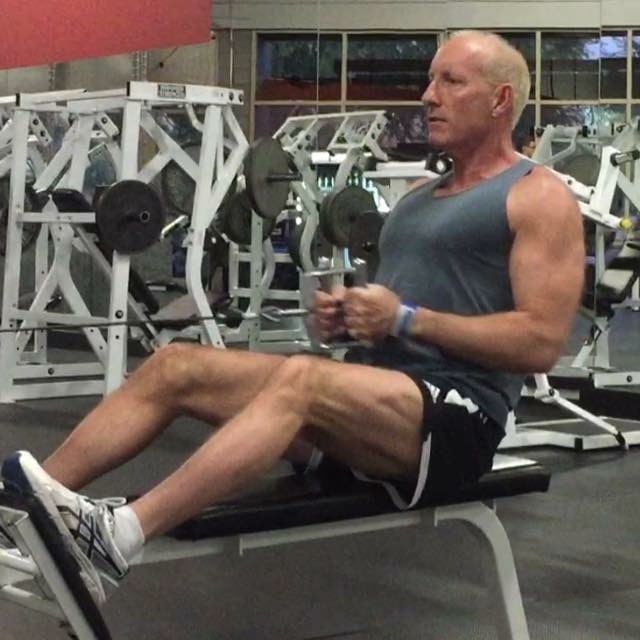
- The previous two points actually work in my favor as it turns out, and here’s why: Although I’m of retirement age and “skinny” (6’2” and currently 190 pounds), I’m actually pretty strong. And (I almost forgot to include this point) I’m not all busted up like a lot of my older lifting buddies. In recent months, I’ve deadlifted 465 for 3 reps, done 8 pull-ups with 25 pounds strapped to my waist, and I’ve benched a pair of 90-pound dumbbells for 10 reps. And, I have no pain at all, ever. Nothing hurts. Now what’s interesting about all this is that, as much as I’d love to be a conspicuously muscular 240 pounds, I’ve found that many of my current male clients hired me specifically because they know they can’t be, or don’t want to be big muscular dudes. But, they DO want to be strong and athletic. And those guys my age who are bigger and stronger than me? I’m not their cup of tea obviously, and that’s perfectly understandable.
- Finally, although I assure you that I’m not terribly smart, I do seem to attract an intelligent breed of client. This is no doubt due to all the writing I’ve done over the years, or it may also be because I probably resemble a university professor more than a bodybuilder. Or (and I’d like to think this is closest to the truth), through my writing and coaching, it’s clear that I’ve thought a LOT about what I teach. And it’s also abundantly clear that I walk my talk. I’ve been living and breathing this stuff for over 3 decades now, and I’d like to think it comes across to prospective clients.
- I don’t really give a shit what other coaches do or don’t do. Now just to clarify, there are MANY coaches who I deeply respect and who I seek to learn from whenever I get the chance. What I mean here is that I am confident in my approach and what teach, and it doesn’t sway me one bit that my methods are different than many of my colleagues. I don’t have clients do direct arm, calf, or ab work when they train with me — most trainers do. I don’t use “functional training,” whatever that is. I don’t use stabilization exercises. I don’t like forced reps, and I don’t text with my buddies or perv on nearby women as I’ve seen many, many trainers do. Again, I’m not everyone’s cup of tea.
Bottom line: You might view some of your unique characteristics as shortcomings, when in truth they may actually be strengths. Be yourself and embrace whatever makes you “weird,” because that’s what will help you stand out to all the folks who actually appreciate your weirdness.
Coaching Is A Privilege That I’m Deeply Grateful For
One sad aspect of my professional community that I sometimes notice is an unsettling tendency for some trainers to view their less-fit clients as somehow inferior, simply because they might be carrying a few extra pounds, or because they don’t know how to lift.
As if fitness is the only thing that matters in life.
News flash: You can (and many people do) live a perfectly long, healthy, and satisfying life without EVER exercising or counting carbs — crazy right? Imagine — some people actually focus their energy on their careers, or their family, or other hobbies. The idea of a perfectly balanced life sounds good in theory, but it’s terribly difficult to pull off in reality.
So to my trainer friends, please remember that your clients have lots of skills and talents (and challenges for that matter) that you probably don’t even know about. And to my client friends, thank you for all you teach us during our time together in the gym. We can’t do what we do without you.
About the Author
Charles Staley is known as an iconoclast and a leading influencer in the fitness arena. His reputation and self-effacing style have lead to appearances on NBC’s The TODAY Show and The CBS Early Show, along with numerous radio and podcast appearances. He has authored more than 1000 articles for leading fitness publications and websites, and has lectured to eager audiences around the World.
Charles is not only a thinker, but also a doer: At age 58, he competes in the sport of raw powerlifting, and is a 3-time World Champion (220 and 198-pound weight classes). His popular online coaching program (Staley Strategies) allows people to train under his expert guidance, regardless of where they live.
Find Charles online HERE.


